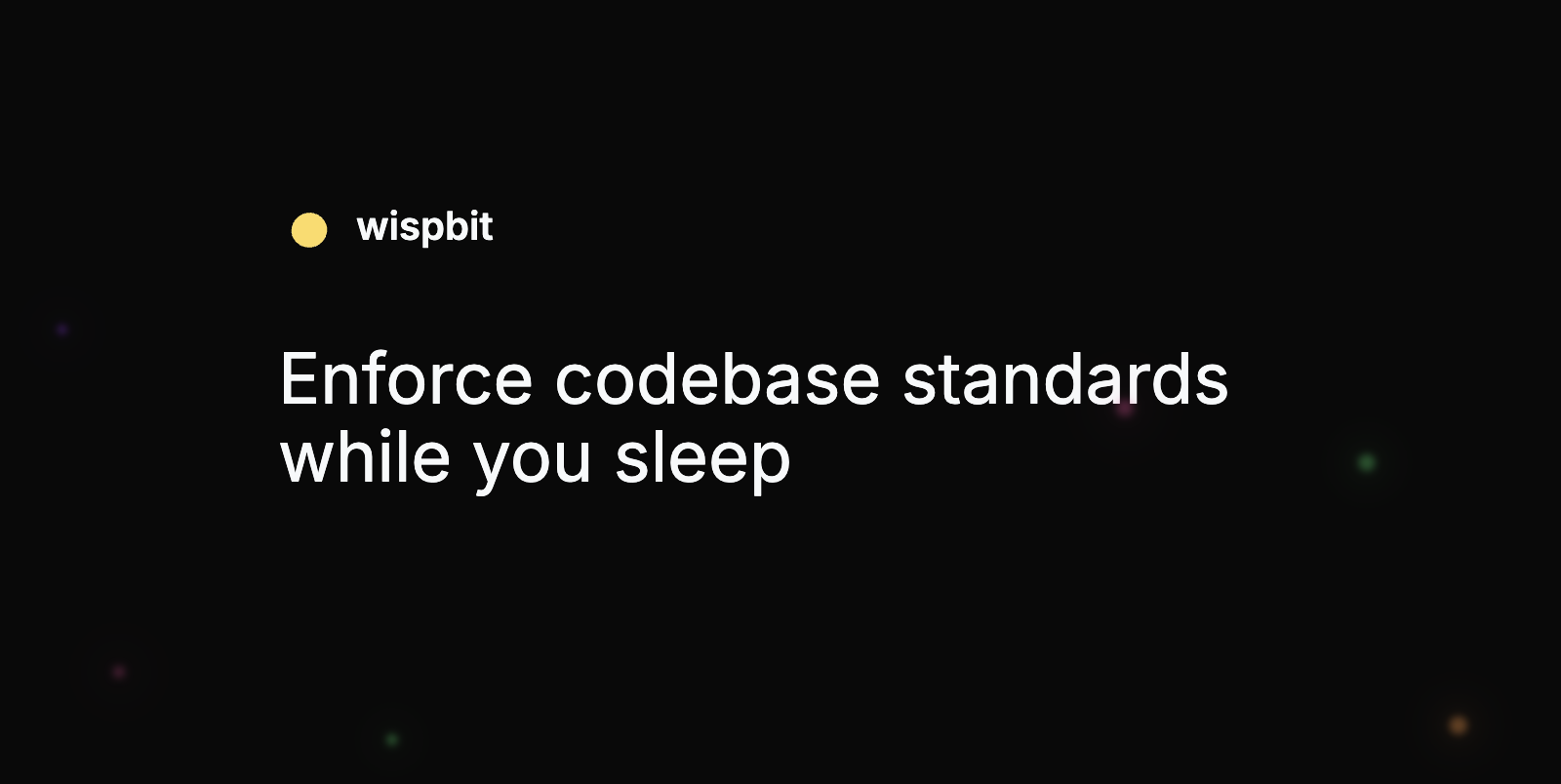DevOps Articles
Curated articles, resources, tips and trends from the DevOps World.
Share Your DevOps Expertise
Have valuable insights to share with the DevOps community? Submit your article for publication.
Product
Useful Links
Made with pure grit © 2025 Jetpack Labs Inc. All rights reserved. www.jetpacklabs.com














